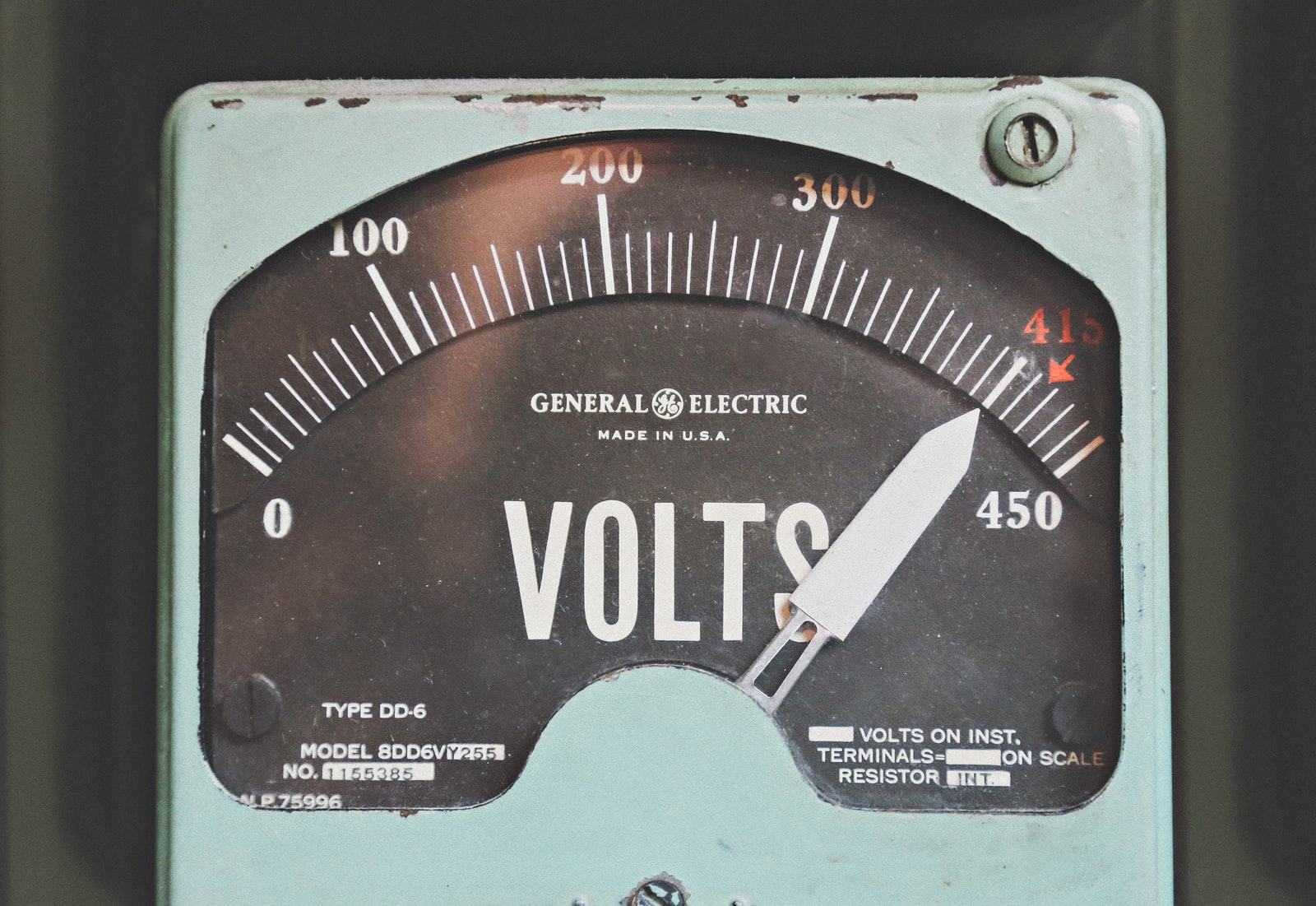For businesses, utility bills can be a major expense. But there are steps you can take to reduce the amount of money you spend on utilities every month. From making simple changes in your daily routines to investing in energy-saving equipment and technology, there are plenty of ways to lower your business’s utility bills without sacrificing comfort or productivity.
In this article, we will explore some practical tips for reducing your company’s energy costs and saving money on utilities. We’ll discuss how small changes can add up to big savings over time, and provide advice on how to make sure that all employees understand the importance of conserving energy whenever possible. With these strategies in place, you should see a noticeable decrease in your business’s utility expenses right away!
Compare Different Electricity Providers
The costs of electricity vary significantly between providers. You can save money by comparing different options and switching to the most cost-effective provider. Shopping around for electricity is a good way to compare rates and find the best deal for your business needs. In most cases, connecting to power from an independent broker or installer will save you money. When looking for a new electricity supplier, consider factors such as the length of time they’ve been in business and their customer service record.
Invest in Energy-Saving Equipment and Technology
Installing energy-efficient equipment can significantly reduce your company’s utility bills over time. Look for products that are certified by organizations such as Energy Star or Natural Resources Canada, as these products have been tested to meet strict energy-saving standards. If your business uses a lot of electricity for lighting or heating/cooling, investing in automated systems can also help you save money in the long run. Automated systems allow you to adjust temperatures and lighting levels remotely, allowing you to optimize energy use and prevent unnecessary waste.
Change Habits and Educate Employees
Small changes can add up to big savings when it comes to conserving energy in the workplace. Encourage all employees to switch off lights and turn down heating/cooling systems when they’re not in use, and remind them to unplug chargers when not in use. Whether it’s turning off lights when leaving a room or setting computers to go into sleep mode after 15 minutes of inactivity, small measures like these can help reduce overall energy consumption.
Invest In LED Bulbs
LED bulbs are a great way to reduce energy consumption in the workplace. LED bulbs use up to 80 percent less energy than traditional incandescent bulbs and typically last longer too. That means not only will you save money on your utility bills every month, but you’ll also need to replace lightbulbs less often. LED bulbs are available in a wide range of shapes, sizes, and colors, so you can find the right ones to suit your business’s needs. When replacing existing bulbs, make sure to choose LED bulbs that produce the same level of light as the old ones.
Use Renewable Energy Sources
If you’re looking for ways to further reduce your company’s energy costs, switching to renewable energy sources is an option worth considering. Renewable sources such as solar, wind, and geothermal are more reliable and cost-effective than traditional resources in the long run. Depending on where your business is located, there may be government incentives available to help offset the cost of switching to renewable energy. It’s worth exploring all of your options to ensure you’re getting the most cost-effective solution for your business. Most renewable energy providers offer plans tailored to your business’s individual needs, making it easy to find the right one for you.
Creating an Energy Efficiency Plan
Having an official energy efficiency plan in place is a great way to ensure that your business stays on track with its goals for reducing energy costs. An energy efficiency plan should evaluate your current and past utility bills, analyze the energy usage of all appliances and systems in the building, and identify strategies for reducing energy consumption.
When creating an energy efficiency plan, it is important to be aware of the various options for improving efficiency. For example, you may want to consider investing in energy-efficient lighting, HVAC systems, and appliances or implementing a program for tracking and monitoring energy use.
In summary, there are many steps that you can take to reduce your business’s utility bills. Investing in energy-saving equipment, changing habits and educating employees, investing in LED bulbs, using renewable energy sources, and creating an energy efficiency plan are all effective ways to save money on utilities. With a little effort and some smart planning, you can help your business become more energy-efficient and reduce its overall energy costs.


